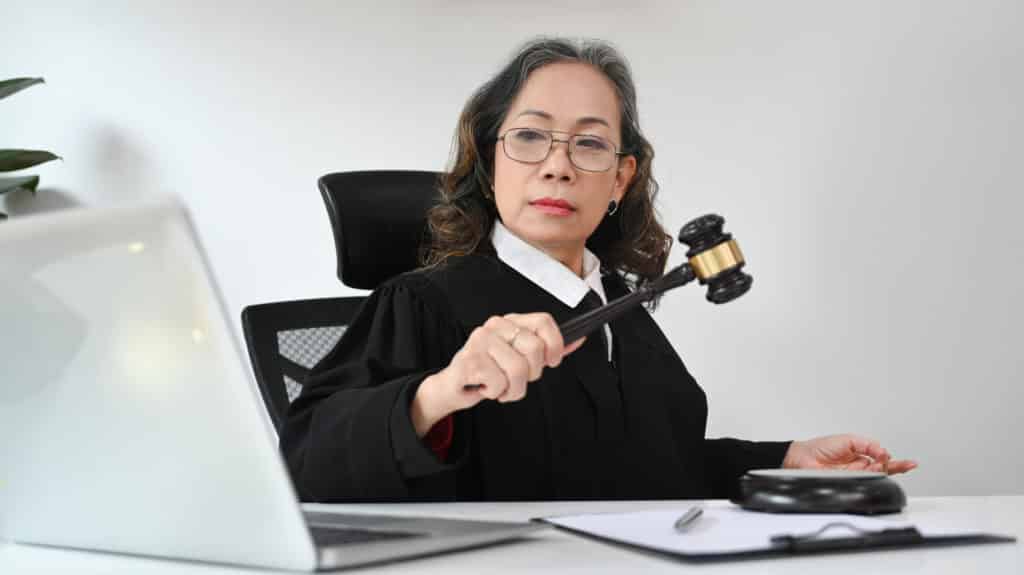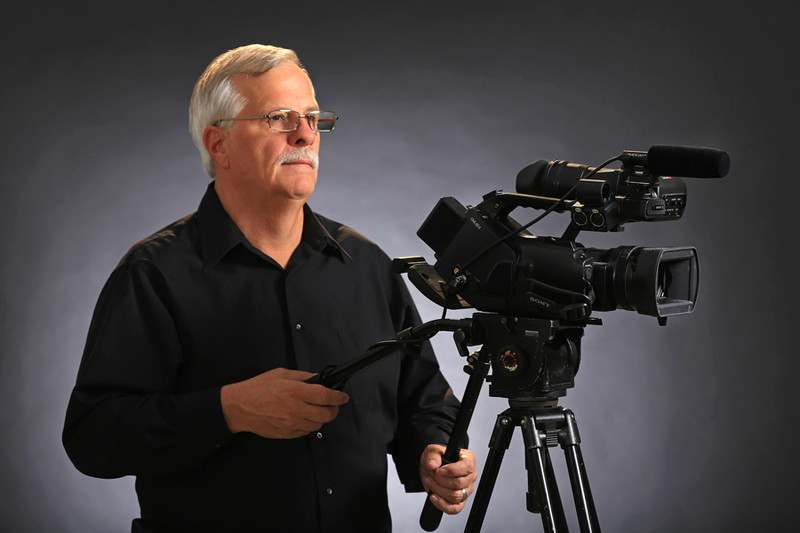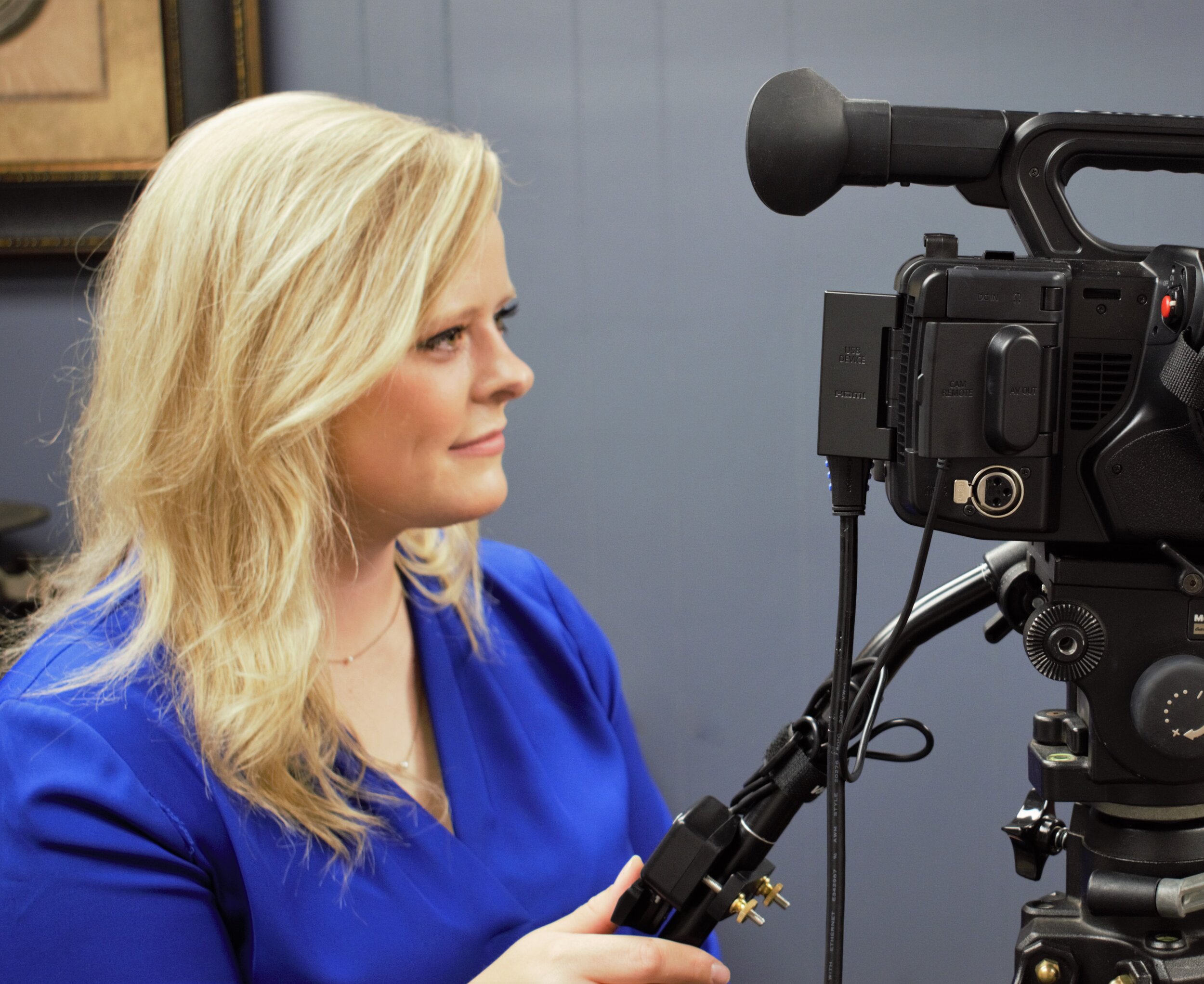Exploring the Devices of Legal Videography: Unveiling Its Operation in Shielding Genuine Aesthetic Testimony for Judicial Procedures
In the realm of judicial process, the function of legal videography stands as a cornerstone in preserving and presenting visual evidence. As technology remains to development, the mechanisms behind legal videography have come to be increasingly elaborate, offering a critical layer of credibility to statements recorded on video. By delving into the operational details of lawful videography, one can discover the meticulous procedures that guard the honesty of aesthetic proof offered in courts - Legal Videography. This exploration not only sheds light on the historical evolution of legal videography yet likewise means the future fads that may better transform just how aesthetic statements are supported in the world of justice.
Historic Advancement of Lawful Videography
Taking a look at the historical development of legal videography reveals a considerable makeover in the catching and presentation of aesthetic proof within the legal landscape. In the past, lawful process heavily depended on composed pictures and transcripts to document events and give evidence. Nonetheless, with the development of video clip modern technology, the lawful sector observed a paradigm shift in exactly how visual testimony was captured and provided.
The evolution of legal videography can be traced back to the late 20th century when innovations in video recording tools made it more obtainable for usage in court rooms. This technological innovation not just enhanced the accuracy and reliability of visual proof however additionally changed the method situations were provided to juries and courts (Legal Videography). Attorneys started to recognize the convincing power of video clip recordings in conveying feelings, subtleties, and non-verbal cues that composed transcripts or photos alone could not capture effectively

Innovation Improvements in Video Paperwork
What essential technical developments have revolutionized video clip documentation in the lawful area? The legal area has seen substantial improvements in video paperwork technology that have actually enhanced the credibility and reliability of visual proof in judicial procedures.
In addition, developments in video clip encryption and watermarking innovations have actually reinforced the protection and tamper-proof nature of video evidence, guarding it against unauthorized changes or tampering. The advent of cloud storage services and remote gain access to capacities has structured the storage space, access, and sharing of video clip evidence, helping with smooth cooperation amongst lawful specialists and ensuring efficient access to vital visual statements when needed. These technological improvements in video clip paperwork have actually definitely changed the lawful area, improving the precision, integrity, and admissibility of aesthetic evidence in judicial process.
Duty of Lawful Videographers in Court Room Setups
The development of video documentation modern technology in the lawful field has actually demanded a vital function for legal videographers in court room settings, ensuring the honesty and dependability of visual testaments provided during judicial process. Legal videographers play a basic function in capturing and maintaining precise visual proof that can be pivotal in litigation. Their obligation extends to establishing tools, recording proceedings, and producing premium video clips that properly show the occasions in the court.
Furthermore, lawful videographers usually work closely with legal teams to make sure that the video clip proof straightens with the case's requirements and can be efficiently provided in court to sustain the lawful debates being made. On the whole, the role of lawful videographers in court room setups is essential in supporting the concepts of justice and making certain the openness of lawful proceedings. Legal Videography.

Ensuring Admissibility and Honesty of Video Evidence
To preserve the reputation of visual evidence offered in lawful proceedings, making sure the admissibility and honesty of video clip evidence is a vital duty for lawful videographers. Admissibility refers to the acceptance of evidence by the court, and for video proof to be permissible, it has to meet certain requirements. Lawful videographers play a critical role in guaranteeing that the videos they catch abide by the rules of evidence, such as significance, dependability, and credibility.
Stability of video evidence involves maintaining the originality and precision of the video from the moment it is videotaped till it exists in court. This consists of safely keeping the video files, documenting the chain of guardianship, and avoiding any meddling or changes. Lawful videographers need to visit their website adhere to strict procedures to assure the honesty of the video clip proof and stop any type of challenges to its authenticity.
Future Trends in Legal Videography
Offered the raising dependence on innovation in legal process, legal videographers are poised to welcome ingenious developments shaping the future of aesthetic statement capture and presentation. Among the popular trends imminent is the combination of virtual fact (VR) and boosted truth (AR) innovations right into legal videography. These technologies have the possible to transform just how visual evidence exists in courts, allowing discretionary to immerse themselves in the scene of the crime or occurrence.
Furthermore, using expert system (AI) algorithms for video clip evaluation is expected to simplify the process of examining and analyzing big quantities of video footage. AI can aid in identifying crucial minutes, anomalies, and patterns within video clips, enhancing the effectiveness of lawful investigations.

Final Thought
In conclusion, lawful videography has played a critical function in providing genuine aesthetic evidence for judicial process. get redirected here Through technical advancements and the experience of legal videographers, the honesty and admissibility of video evidence are made certain in court setups. As lawful videography continues to advance, it will be necessary to copyright requirements that keep the accuracy and dependability of aesthetic testimony for the future of legal process.
Examining the historical development of lawful videography reveals a considerable makeover in the recording and presentation of visual evidence within the lawful landscape.The advancement of video documentation innovation in the lawful area has actually necessitated an important duty for lawful videographers in court room settings, making sure the honesty and integrity of aesthetic testimonies presented during judicial procedures. Furthermore, lawful videographers usually function very closely with lawful groups to ensure that the video evidence aligns with the case's requirements and can be effectively presented in court to support the legal arguments being made.To preserve the reliability of aesthetic proof presented in lawful procedures, making sure the admissibility and honesty of video clip evidence is an important duty for lawful videographers. As legal videography continues to evolve, it will be important to copyright standards that keep the precision and dependability of visual testimony for the future of legal process.